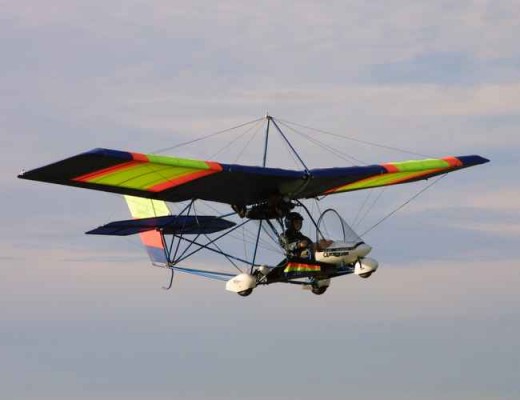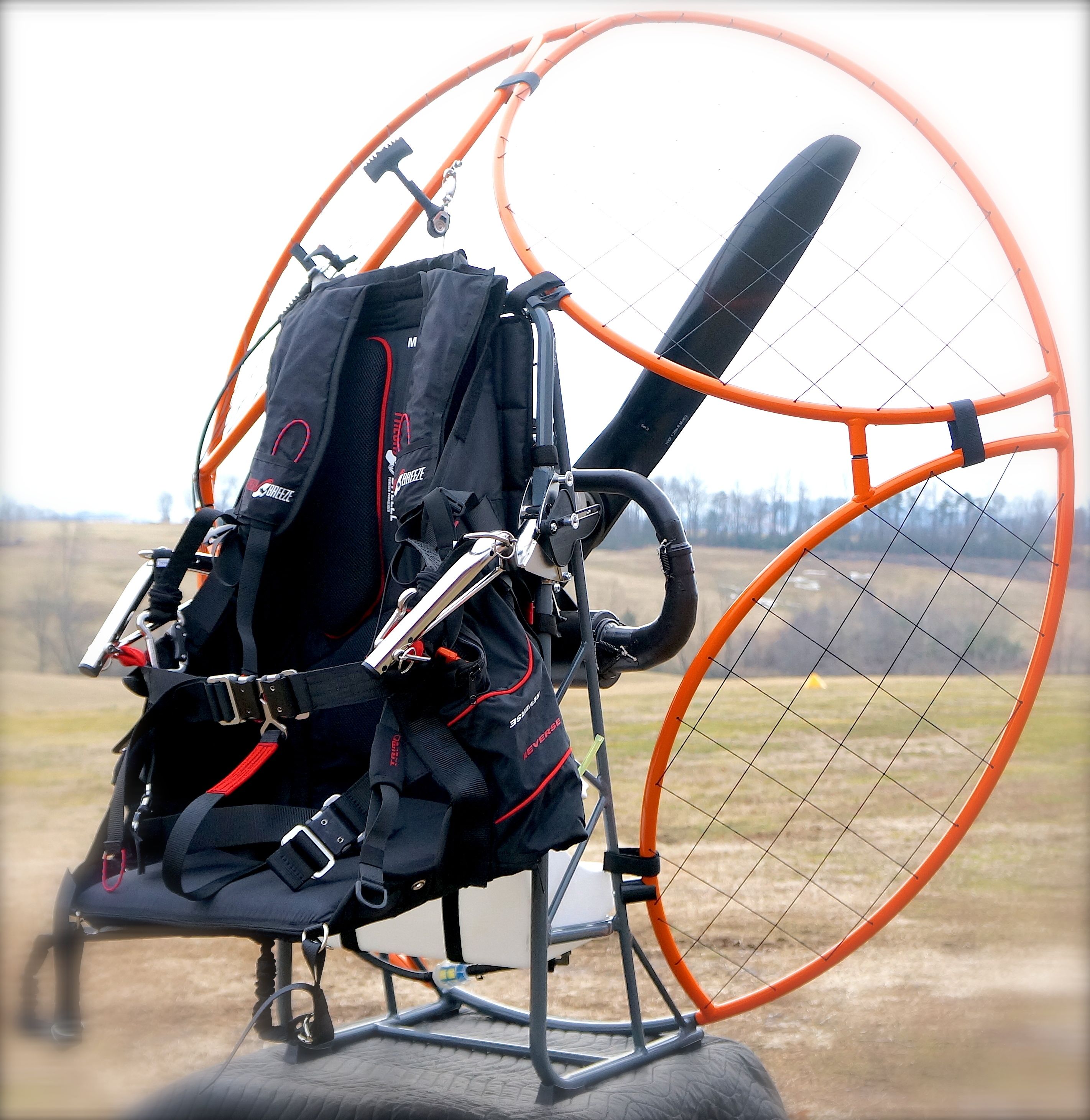
Technical: Like the Sun IV (see under More developments in Hang gliding 1975 part 2) the tip struts of early ASG-21s were supported by short diagonal struts rather than by extensions of either the leading edge tubes or the tip tubes and attendant cables and attachments. The ASG-21, in this picture being flown by Bettina Gray’s son Bill Liscomb, was an advanced hang glider by the standards of 1975. See Merlin in Flying squad, a short history of that manufacturer.īill Liscomb flying an ASG-21 at Telluride, Colorado, in August 1976. At one point, Tom teamed up with US Navy F-4 Phantom pilot and hang glider designer Rich Finley, who also has a masters degree in aeronautical engineering.( 1)Īt this time Tom Price even found time to assist Tom Peghiny of east coast manufacturer Sky Sports with his latest design. Albatross Sails, where Tom partnered with top pilot Keith Nichols, then became a manufacturer of complete hang gliders. The most practical method is to make both the frames and the sails together. There Tom discovered something that others also found (including Miles Handley, struggling to manufacture his own advanced designs in Britain): The exactness required in hang glider sail construction exceeds that in boat sailmaking. For example, see Donnita in Hang gliding 1975 part 2 for a photo of Donnita Holland flying her own design Rogallo hang glider in 1976 with a sail made by Albatross. Photo by Bettina Gray.Ī year later Tom set up his own business, Albatross Sails, initially making sails for other hang glider manufacturers. Tom Price ( 12) Albatross Albatross Sails 1975 magazine advert. In 1972, an early hang glider sail came in for repair and two weeks later Tom was working for one of the early hang glider manufacturers: Eipper-Formance.Ī couple of younger designers with high school educations were as good or better! They were brilliant and fearless! … I was 31, wiser, and more cautious, so my main contribution to the industry was more technical. He joined Seal Beach loft where he learned the art of sailmaking. He ‘went to the beach’ and continued crewing racing sailboats, which, unlike flying airplanes, he was able to do for free.

In about 1970, during one of the largest aerospace down-turns to date, Tom was one of many laid off. In a radical change of direction, which was uncannily fortuitous, also at this time he took up sailboat ocean racing.

At this time he also earned his commercial, instrument, and multi-engine airplane pilot ratings. He worked on the DC-10 from the start of the project to its first flight. He carried out analyses with pencil and paper, and for more complex analyses he used an old mainframe computer with punch card input. There he he worked as a structural engineer on Douglas DC-8, DC-9, and DC-10 airliners, using slide rules and mechanical calculators. Tom then joined Douglas Aircraft in California. He started at Embry Riddle Aeronautical Institute, Florida, in 1962, from where he graduated in 1965( 5). His school grades subsequently went from Cs and Ds to As and Bs.

Initially Tom did poorly at school, then at age 16 he started airplane flying lessons at his father’s Air Force base flying club. Beginnings Tom Price in about 1963 (no larger image available) Tom Price’s trajectory in life and his outstanding contributions to hang gliding seem to be based on a solid foundation and to have also hinged upon a couple of remarkable changes of direction. Home (contents) → Miscellaneous → Tom Price’s flying machines Tom Price’s flying machines Tom Price flying an ASG-21.


 0 kommentar(er)
0 kommentar(er)
